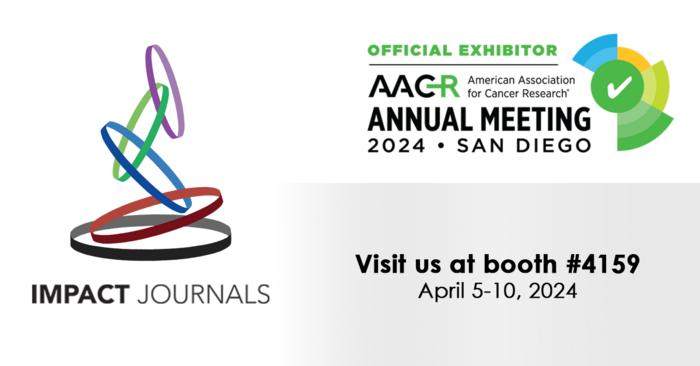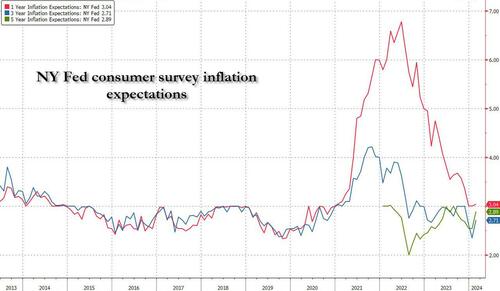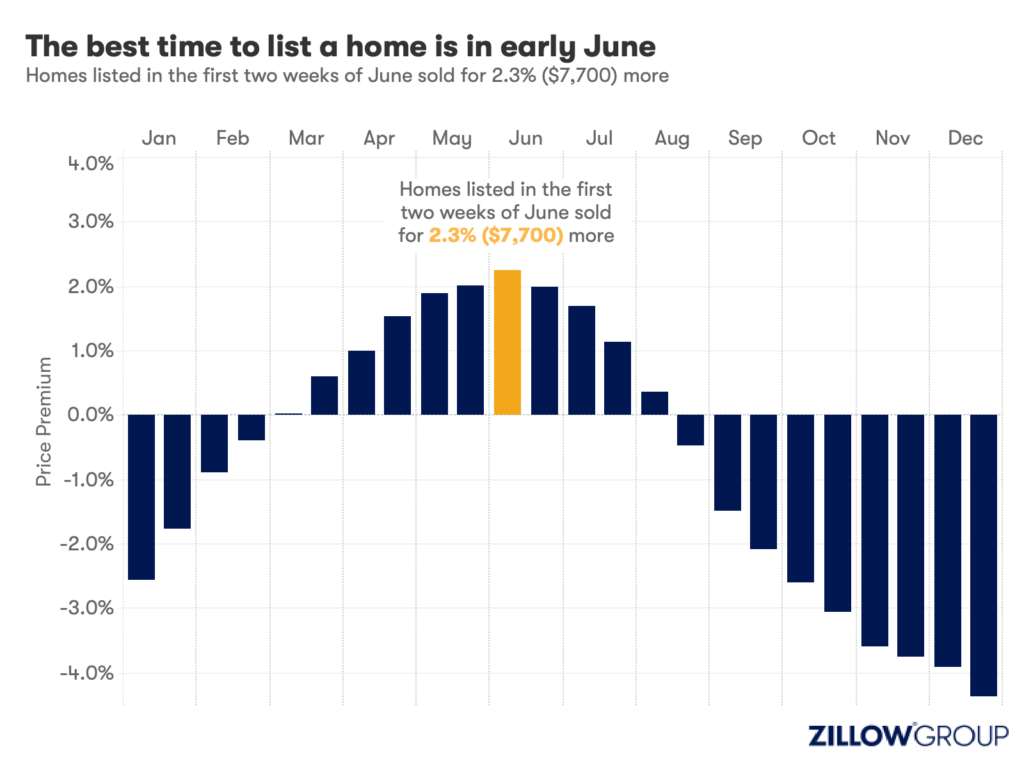DUBLIN, March 1, 2023 /PRNewswire/ -- The "Specialty Enzymes Market - Global Outlook & Forecast 2022-2027" report has been added to ResearchAndMarkets.com's offering.
The global specialty enzymes market is expected to reach a value of $4,568.73 million by 2027 from $2,966.26 million in 2021, growing at a CAGR of 7.46% during 2022-2027.
Factors such as the rapidly increasing global population, increasing research & development, spreading new infectious diseases, increasing biofuel usage, and growing agriculture industry led to increased demand for specialty enzymes in the global market. The major drivers of the specialty enzymes market include the increasing health consciousness and intense penetration of the pharmaceutical, diagnostics, and biotechnology industries.
The specialty enzymes market has helped to reduce the by-products in the production process. Companies are getting good financial returns by using specialty enzymes in the production processes. Thus, the global demand for specialty enzymes is increasing.
The US contributed more than half of the overall demand in North America. Globally, the demand for specialty enzymes is very high in the US, and North America dominates the global specialty enzymes market. The US has the world's top 10 pharmaceutical companies' head offices. Thus, the demand for specialty enzymes in North America's pharmaceutical industry is increasing with the growing pharmaceutical industry.
MARKET TRENDS & DRIVERS
Increased Use in Diagnostics Sector
The diagnostics industry includes two categories such as pathology and radiology. Pathology is used for testing all types of illness, whereas radiology is used for testing images related to diagnoses such as x-rays, CT scans, and others.
The diagnostics segment plays a crucial role in the healthcare sector. After the Covid-19 pandemic, the demand for proper diagnostic equipment and processes in the diagnostics sector is growing rapidly. In the testing of coronaviruses and other infectious diseases, enzymes are used. For immediate recovery from coronavirus diseases, antibiotics are used, which are produced from enzymes. Thus, the specialty enzymes market in the diagnostic sector is increasing globally.
Increasing Demand from Pharmaceutical Industry
The global revenue of the pharmaceutical industry is increasing due to the global demand for pharmaceutical products. The factors driving the demand for pharmaceutical products include changing clinical practices, aging-related issues, and rising chronic diseases. After the Covid-19 pandemic, the demand for pharmaceutical products used to improve quality of life and preventive approach. The global market of pharmaceutical drugs is increasing due to the lowering the regulatory barrier for new drugs in the US.
INDUSTRY RESTRAINTS
Technical Barriers Affecting Specialty Enzymes Market
For the manufacturing process of these enzymes, specific conditions such as new concentration, new substrate, and other conditions are required which are not found readily in nature. These unresolved challenges make specialty enzymes unpredictive. Thus, more research & development is necessary for making enzymes in bulk amounts, creating a barrier to the specialty enzymes market growth.
SEGMENTATION INSIGHTS
INSIGHTS BY END-USE
The specialty enzymes are primarily used in the pharmaceutical and biotechnology industry for research & development and diagnostics. The global specialty enzymes market in the pharmaceutical industry was valued at USD 976.56 million in 2021. The demand for specialty enzymes in North America and APAC is very high due to the increasing pharmaceutical and biotechnology industry.
In the biotechnology industry, specialty enzymes are used to increase biochemical reaction rates. Lipases are used in dietary drugs and it is used to increase the metabolism rate. Polymerases & nucleases are used in DNA amplification. In DNA amplification, the increase in the number of the gene causes an increase in proteins and RNA. Thus, it may increase the cancer cells or lower the anticancer cells. Hence, the polymerases & nucleases-based enzymes demand is growing in the global specialty enzymes market.
INSIGHTS BY TYPE
Carbohydrases have dominated the global specialty enzymes market and is expected to reach USD 1.9 billion by 2027. Carbohydrases are mainly used in the pharmaceutical industry as specialty enzymes. Most of these enzymes used in the pharmaceutical industry are produced from microorganisms, animals, and plants. Carbohydrases are further classified into glucosidase, pectinases, alpha, beta amylases, cellulases, mannanases, galacto, and pullulanase. These are the cost-effective processes in industrial applications; thus, a cheap technique is required to obstruct.
The global proteases-based specialty enzymes market surpassed USD813 million in 2021. The proteases are used in the biotechnology, pharmaceutical, and diagnostics industries - the high use of proteases in the pharmaceutical industry for prognostic and diagnostic biomarkers. Based on the catalysis mechanism, the proteases are classified into additional classes, such as glutamic, aspartic, metalloproteases, threonine, cysteine, and serine proteases which activate the water molecule and attack the proteins.
INSIGHTS BY SOURCE
Globally, microorganisms-based enzymes contributed 77.47%, followed by animal and plant-based enzymes in 2021 in the global specialty enzymes market. The demand for specialty enzymes is very high in North America, followed by Europe and APAC. Microorganisms and plant-based enzymes are easily found in the environment. Animal-based enzymes have fewer resources, and it isn't easy to produce in bulk quantities. Thus, companies are focusing on producing enzymes from microorganisms and plants.
The global plants-based specialty enzymes market was valued at USD 297.07 million in 2021. These are used in the agriculture industry to reduce insects from crops. The few plant-based enzymes are phosphatase, esterase, glucanase, chitinase, and others. These enzymes play a crucial role in the production of nutrition. Further, plant-based enzymes are being used to manufacture drugs in the pharmaceutical industry to improve the digestive system.
COMPETITIVE LANDSCAPE
The major companies in the specialty enzymes market are following the merger and acquisition strategy. This gives companies a competitive advantage that boosts their market share of the company. The key companies have undertaken various strategies to grow in the market. The growth in sustainable processes and initiatives has challenged all companies globally. Investments in R&D, technological advancement, and environmental and economic challenges drive the demand for innovative and sustainable specialty enzyme products.
Some major players in the global specialty enzymes market include Roche (Switzerland), BASF SE (Germany), DuPont (US), Novozymes (Denmark), and DSM (Netherlands). These players have adopted strategies like acquisitions, expansion, joint ventures, new product development, and others to increase their revenues in the industry.
Other prominent companies such as Chr. Hansen Holding A/S (Denmark), Codexis (US), BBI Solutions (UK), and others have invested significant capital in R&D to develop specialty enzymes-based products that will appeal to customers. Therefore, these other prominent companies are giving tough competition to major companies.
Market Dynamics
Market Opportunities & Trends
- Demand from Pharmaceutical Industry
- Adoption of Sustainability Standards to Improve Profitability & Productivity
- Demand from Emerging Economies
Market Growth Enablers
- Demand for Bio-Sourced Products
- Increased Use in Diagnostics Sector
- Increased R&D & Product Innovation in Developed Countries
Market Restraints
- Lack of Awareness of Bio-Based Products
- Existence of Various Technical Barriers
- High Manufacturing Cost
Key Vendors
- BASF SE
- DSM
- DuPont
- F. Hoffmann-La Roche Ltd
- Novozymes
Other Prominent Vendors
- Amano Enzyme Inc.
- Amayra Biotech AG
- Antozyme Biotech Pvt Ltd
- Aumgene Biosciences
- Aumenzymes
- BBI Solutions
- Biocatalysts
- Codexis
- Hansen Holding A/S
- Dyadic International Inc.
- Iosynth
- Merck KGaA
- Nature Bioscience Pvt. Ltd.
- Specialty Enzymes & Probiotics
- Zymtronix Inc.
For more information about this report visit https://www.researchandmarkets.com/r/a765i0-enzymes?w=5
About ResearchAndMarkets.com
ResearchAndMarkets.com is the world's leading source for international market research reports and market data. We provide you with the latest data on international and regional markets, key industries, the top companies, new products and the latest trends.
Media Contact:
Research and Markets
Laura Wood, Senior Manager
press@researchandmarkets.com
For E.S.T Office Hours Call +1-917-300-0470
For U.S./CAN Toll Free Call +1-800-526-8630
For GMT Office Hours Call +353-1-416-8900
U.S. Fax: 646-607-1907
Fax (outside U.S.): +353-1-481-1716
Logo: https://mma.prnewswire.com/media/539438/Research_and_Markets_Logo.jpg
View original content:https://www.prnewswire.com/news-releases/global-specialty-enzymes-market-outlook-report-2023-a-4-568-billion-market-by-2027---opportunities-with-demand-from-emerging-economies-301759340.html
SOURCE Research and Markets
































